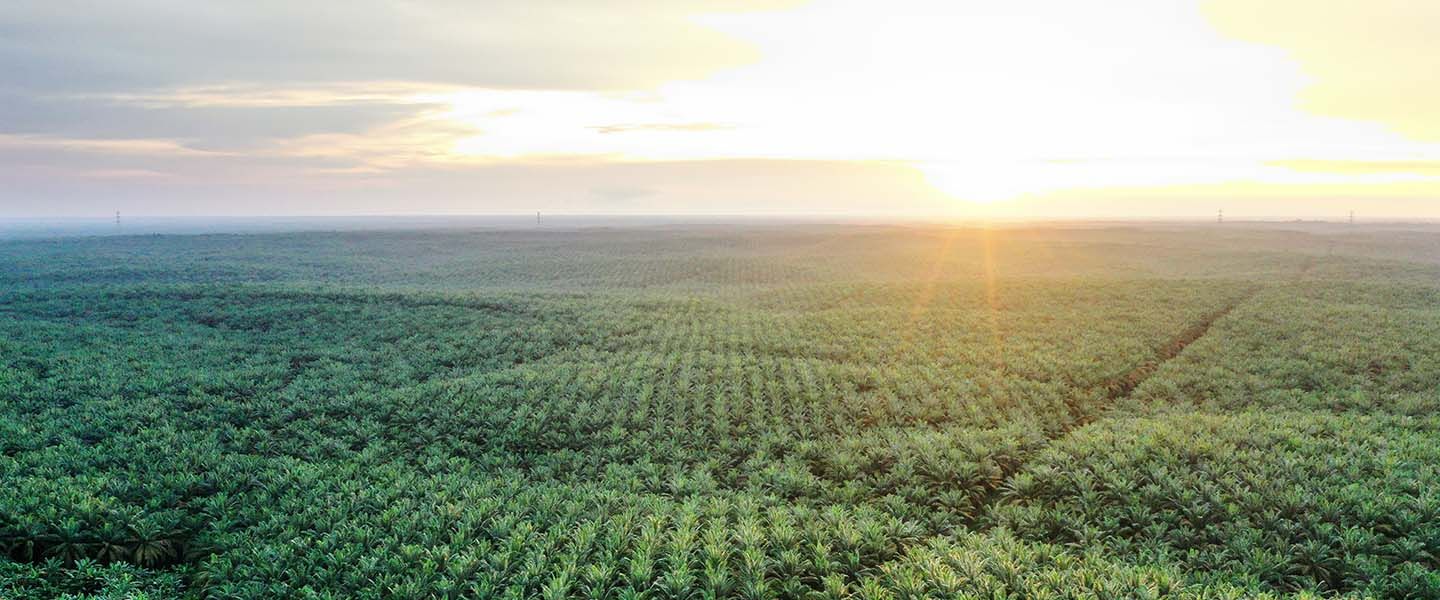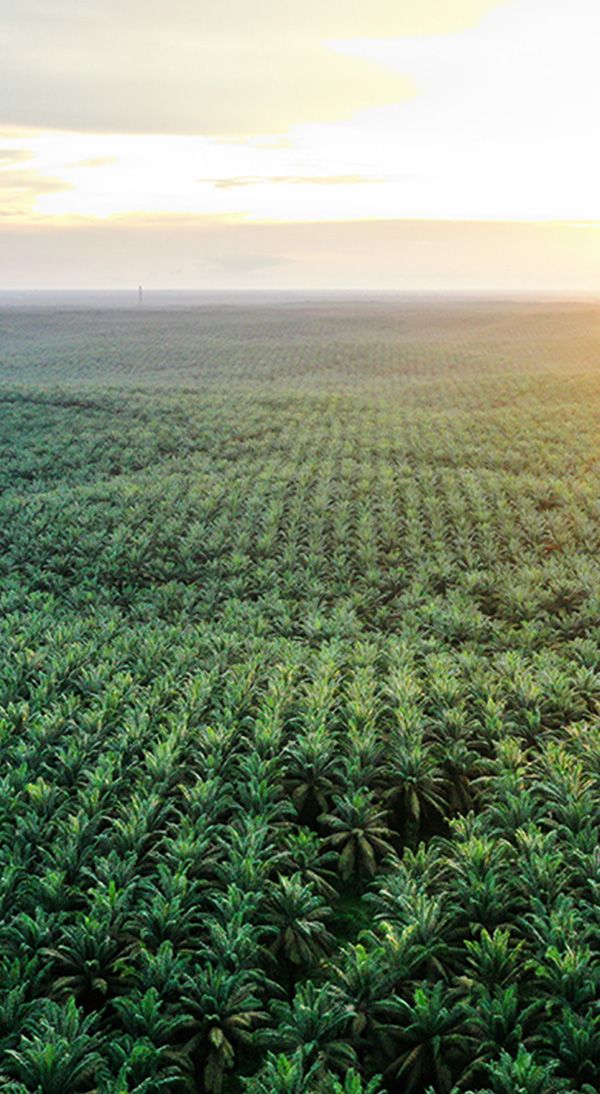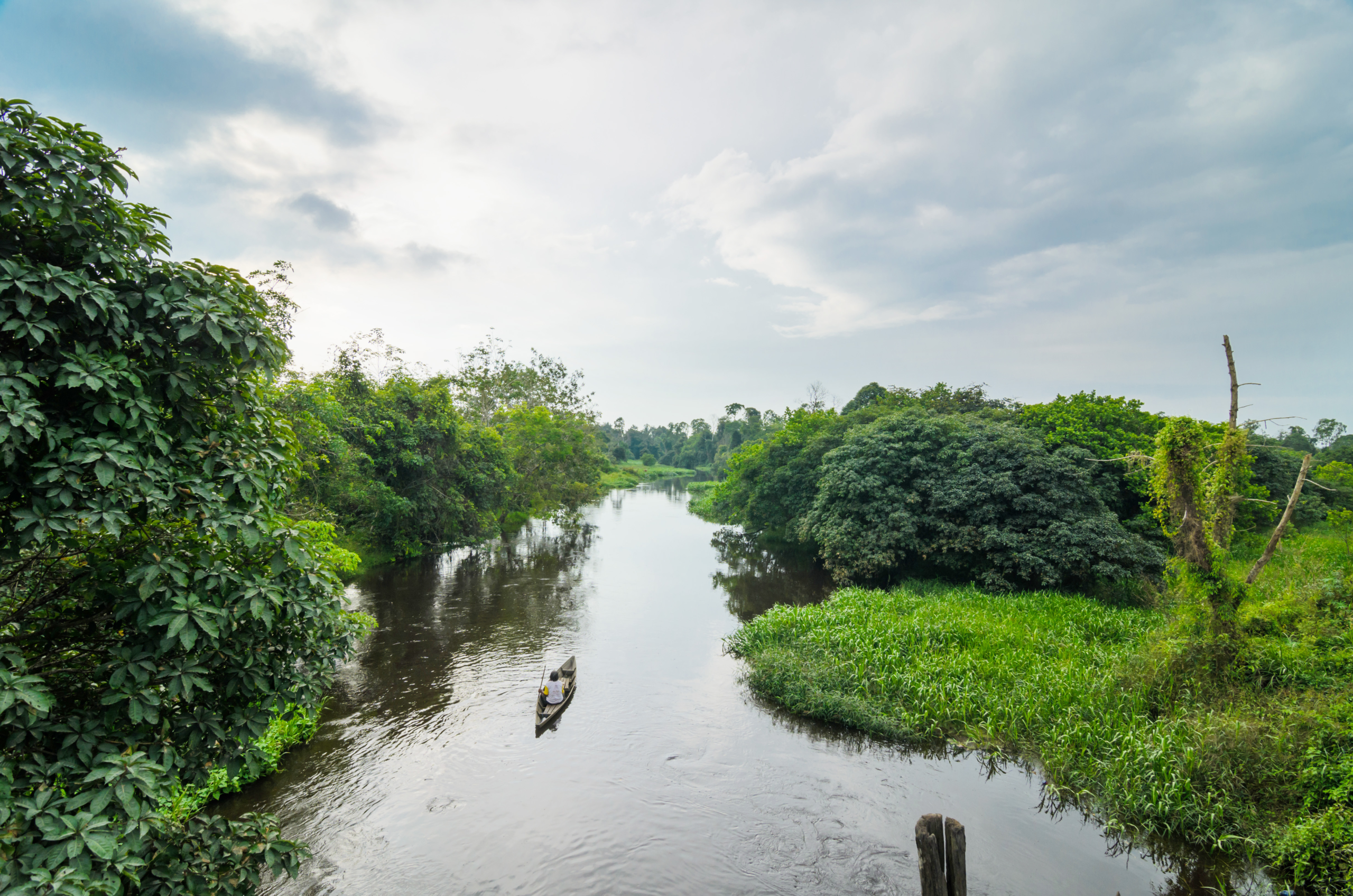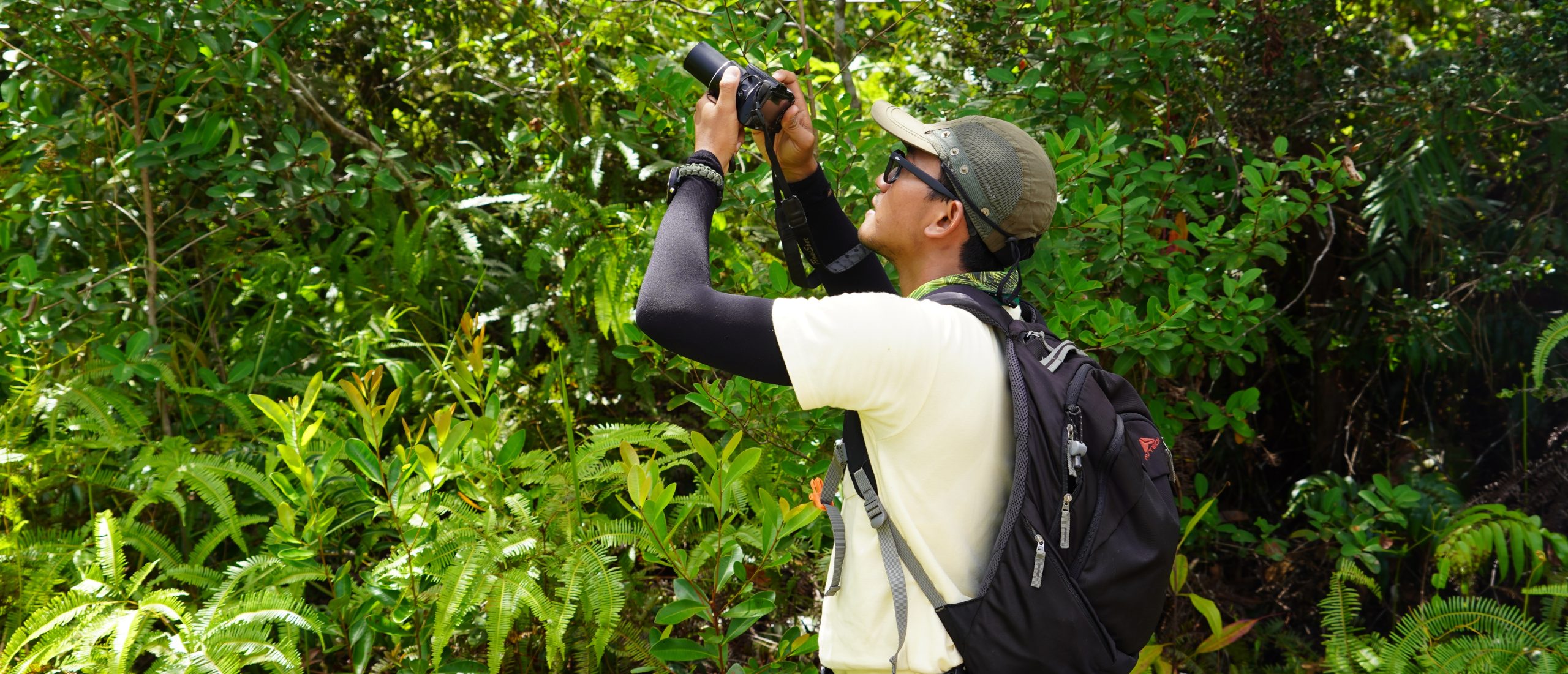Commentary by Glen Reynolds,
Director
South East Asia Rainforest Research Partnership (SEARRP)
As an RSPO-certified company, Musim Mas has identified and set aside the required HCV areas and implemented monitoring measures. Impressively, for a plantation company, they began implementing HCVlinked recommendations from SEARRP’s scientific programs (which were previously presented to the RSPO Biodiversity and High Conservation Values Working Group) before our engagement. These recommendations are specifically aimed at improving biodiversity in plantation landscapes. The logical extension of these efforts is implementing a robust monitoring and assessment program to understand whether these ‘enhanced’ HCV approaches have yielded the expected biodiversity impacts and benefits. This is why we entered into a one-year partnership with Musim Mas.
This project is a unique opportunity for SEARRP and our research scientists; we have access to Musim Mas’ comprehensive dataset comprising up to 10 years’ worth of the company’s biodiversity and monitoring programs. This data has been generated across multiple research plots from Musim Mas’ HCV areas in Sumatra and Kalimantan and measures several crucial parameters, including comprehensive information on bird diversity.
Ideally, our next step would be conducting experiments that shed further light on managing biodiversity in a production landscape. It would be fascinating to test what additional interventions can most effectively improve biodiversity. Conservation and sustainability projects need more examples of best practice. SEARRP is keen to work with Musim Mas and other plantation companies to leverage the enormous quantity of data collected for certification and find new ways to analyze and use existing and future data to directly inform management and conservation best practices. The program has the potential to influence future policies and procedures and serve as the basis of a reliable case study for all RSPO members.
About: SEARRP facilitates world-class scientific research addressing the tropics’ major environmental issues: plantation development, habitat restoration, and climate change. SEARRP is based in Sabah’s Danum Valley, works with international universities and local partners to facilitate research by individual scientists, and manages a suite of large-scale field experiments. Since Q2 2021, the SEARRP team has worked with senior Musim Mas teams in Singapore and Medan on this conservation assessment.
Products
Applications
Products
Applications






